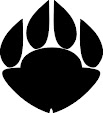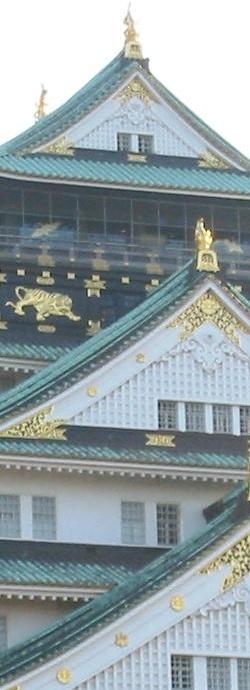Nestled in the quiet Portola Valley of San Mateo county lies a museum of immense proportions. Spread over several acres of land, the Military Vehicle Technology Foundation seeks to restore military vehicles from many generations and regions. Also known as the Tank Farm, their collection, as the name states, consists primarily of tanks but does encompass other vehicles used not only by our military but other forces around the world.
Tours are provided to the public by reservation. Fees are charged at $20 per adult and reduced fares for children. Information can be found at their website. In the main area that we parked at, several vehicles were on display as we waited for our tour to begin. For safety reasons, you are not able to climb in or operate anything they have except for a few exhibits like an M5 halftrack mounted with 3 M2 .50 caliber machine guns and 2 .30 caliber guns
There were 4 buildings that we toured. 3 were in the parking area and the 4th is a short wak away. The 3 buildings are interconnect and comprise the bulk of the tour.
Many of the pieces are in several conditions of being repaired. A seperate workshop was located in another building that was not open to our tour. Some have seen better days while others are completely restored and can be driven off the site.
Rust is evident all over the tip of this barrel. Things like this will have the rust removed and repainted to its former glory. It will not be working condition as most of the vehicles are found in a demilitarized condition
Tour guides take you through the buildings and provide information on the work they are doing as well as history on select items in the tour. The foundation was started by Jacques Littlefield. The collection grew until his passing in 2009.
This German Leopard tank represents one of the many countries that are represented within the array of vehicles. There are several variations on the Panzer tanks in the buildings. However, they were not fortunate to have a Tiger. The Tiger tank was one of the biggest, heaviest, most armored tank the Germans made during WWII. Though not as fast as other tanks of its era, it was one of the most feared
While not a whole tank, this M1 Abrams turret is a contemporary display of a component of today's main battle tanks. Sloping sides and a low profile are the hallmarks of many behemothes that are produced by the world's military. The turrets are not secured to the motorezed portion. They are simply held in place by their sheer weight. If an Abrams was turned upside-down. the turret would just fall off.
The sloped slides of the turret are a design feature to help dissipate the destructive force of incoming rounds. A machine gun is coaxially mounted alongside the main gun. The gunner is seated in a little cage below the main gun. Atop, other variations have mounted additional machine guns or TOW missle launchers
The business end of the 120mm smooth-bore main gun barrel but it started life with a 105mm rifled barrel
Vehicles used to ferry troops in and out of the battlefield can be found on the grounds. This M90 APC can protect itself with M60 machine gun and a TOW launcher. Jeeps and other unarmored transports are scattered throughout this culmination of military converances.
A Russian T-54 tank
The rifled main gun barrel. The rifling helps to spin the projectile to stabilize it while in flight to its target. Bullets in handguns work on this same principle. This is what the inside of a handgun barrel would look like but on a much smaller scale.
Other engineering vehicles include this monstrosity which is used to lay a temporary bridge over small rivers or empasses to allow personnel or other transport to cross. The upper portion opens like a clamshell with the tips being the front and back of the bridge. The whole assembly pivots forward as it opens. A modern version of this vehicle has the parts sliding past each other.

















